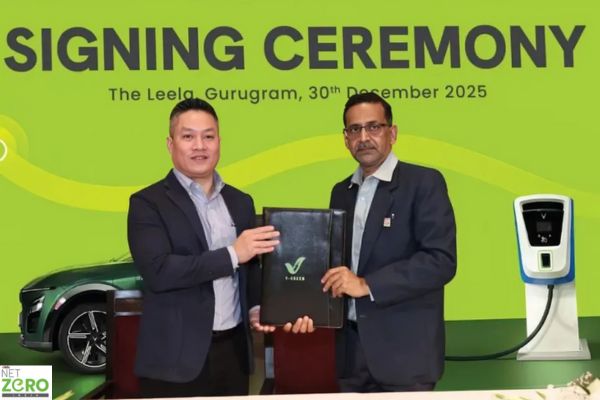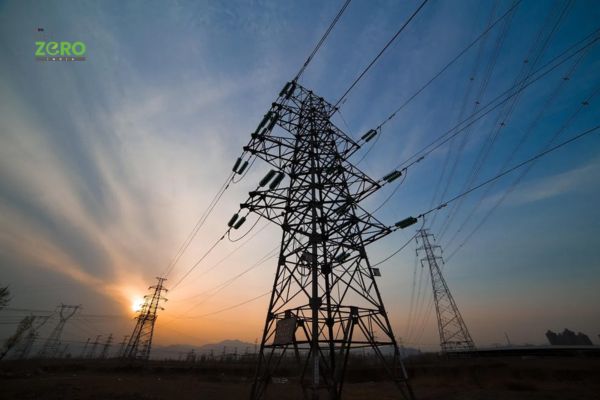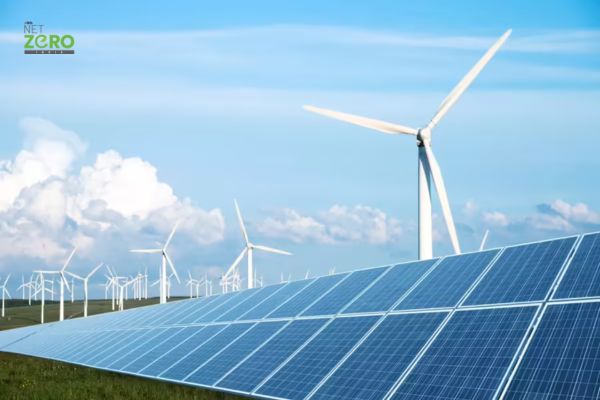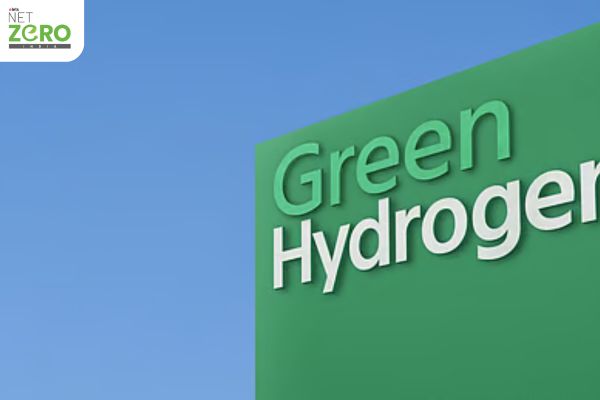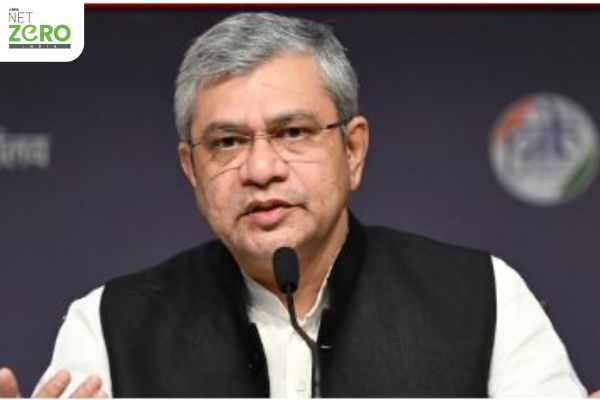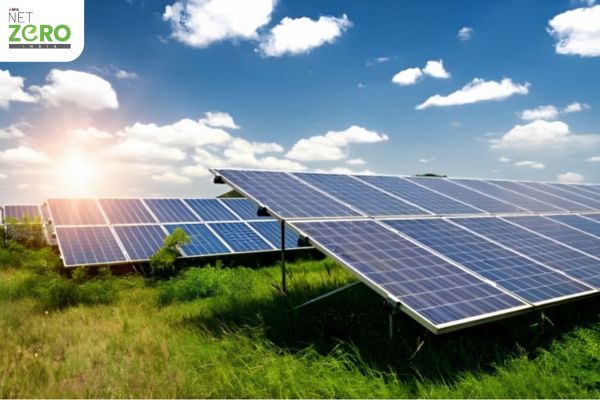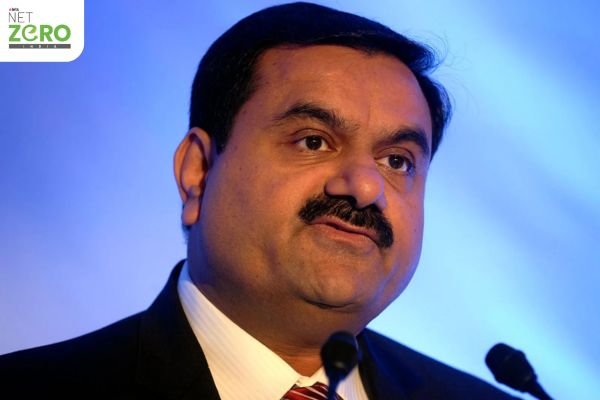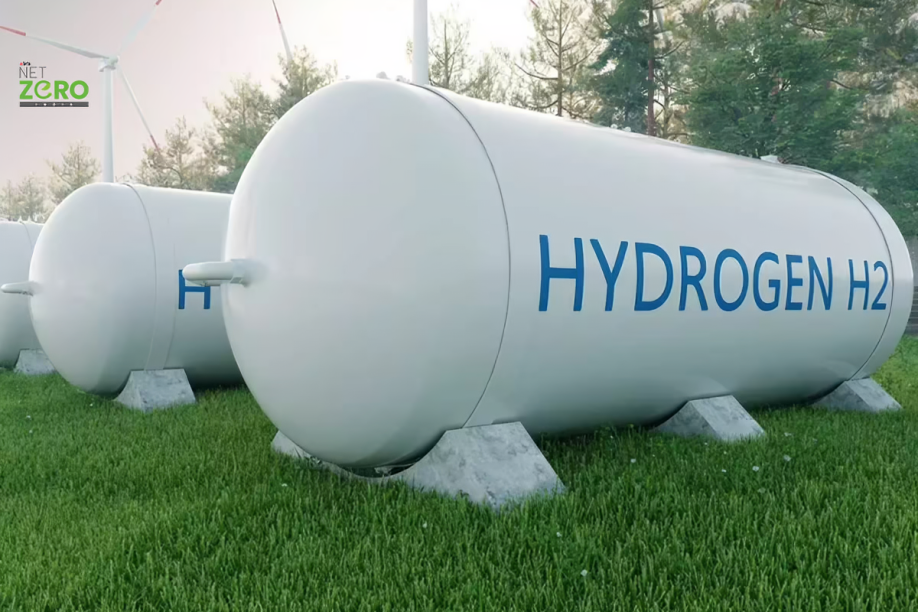
India’s green hydrogen economy is set to witness a transformational investment inflow of ₹10 lakh crore by 2030, as the country accelerates its transition to clean energy. This ambitious investment projection stems from a growing convergence of policy support, industrial demand, and global climate commitments, positioning India as a future leader in green hydrogen production and export.
Under the National Green Hydrogen Mission, India aims to achieve an annual production capacity of 5 million metric tonnes of green hydrogen by 2030. To meet this target, the country will require approximately 135 GW of renewable energy and around 74 GW of electrolyser capacity. These components form the backbone of the hydrogen production infrastructure that is vital for decarbonising key sectors like industry, transportation, and power.
The Council on Energy, Environment and Water (CEEW) estimates the total investment required to be between ₹8 to ₹10 lakh crore. This includes ₹7.6 lakh crore for renewable energy capacity, ₹3 lakh crore for building electrolyser facilities, and further allocations towards hydrogen production, transmission, and storage infrastructure. The investments are expected to not only advance India’s energy independence but also spur significant employment opportunities.
Over 6 lakh jobs are anticipated to be created across the green hydrogen value chain by the end of the decade. These roles will span construction, operations, manufacturing, logistics, and research, reflecting the sector’s potential to contribute meaningfully to India’s socio-economic development.
A key enabler of this transformation is the Strategic Interventions for Green Hydrogen Transition (SIGHT) scheme, which has been allocated ₹17,490 crore by the Indian government. This includes targeted financial incentives to boost domestic electrolyser manufacturing and reduce the production cost of green hydrogen. As per projections, the levelised cost of hydrogen could drop to as low as USD 0.8–3.3 per kilogram by 2030, significantly enhancing its global competitiveness.
To further strengthen domestic consumption, the government has introduced Green Hydrogen Consumption Obligations for industries such as petroleum refining and fertiliser manufacturing. Several Indian states are also developing dedicated hydrogen hubs with supporting policies, infrastructure, and regulatory frameworks.
India’s power sector will need to gear up for the increased load, with an estimated 310 billion units of electricity required annually to power hydrogen production. This demand is projected to push peak load by approximately 67 GW, reaching a national peak of 409 GW by 2030. Efficient utilisation of the interstate transmission network is expected to result in savings of over ₹20,000 crore by avoiding redundant infrastructure investments.
Export prospects are equally promising, with estimates suggesting that up to 70% of the green hydrogen produced could be shipped to international markets. Global demand, especially from Europe and East Asia, is likely to position India as a major player in the global hydrogen economy.
Through a combination of robust policy initiatives, international collaboration, and private sector participation, India’s green hydrogen roadmap represents a critical step towards achieving net-zero emissions by 2070 and securing energy independence.
Be a part of Elets Collaborative Initiatives. Join Us for Upcoming Events and explore business opportunities. Like us on Facebook , connect with us on LinkedIn and follow us on Twitter, Instagram.
"Exciting news! Elets technomedia is now on WhatsApp Channels Subscribe today by clicking the link and stay updated with the latest insights!" Click here!




